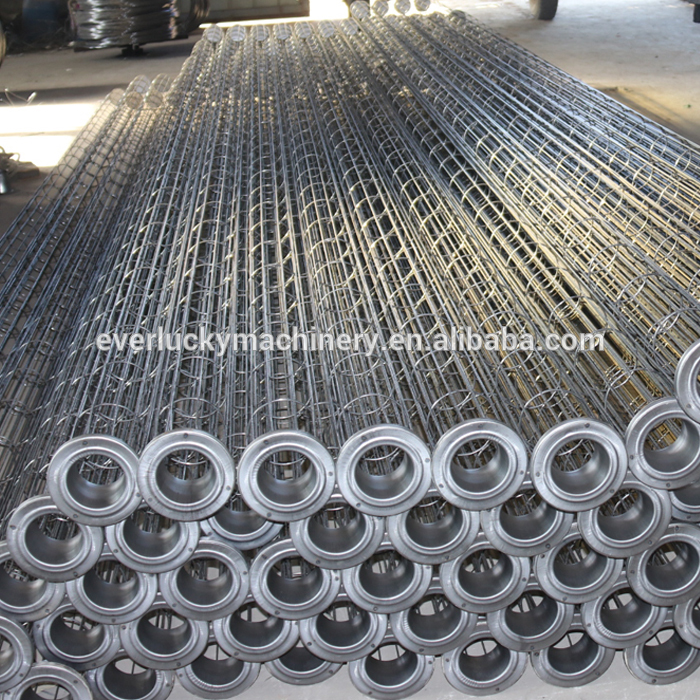·New trends and new developments in the automotive plastic parts manufacturing industry
For more than 30 years, the application of plastics in the automotive field has been increasing. Automotive plasticization is the development direction of modern automotive technology. It is based on three main reasons: energy conservation and environmental protection, second, improving functions, and third, simplifying manufacturing processes and processes. It has become one of the three hot topics in the research and development of the international automotive industry. At present, plastic part molding technology has been seamlessly combined with automotive plasticization. According to Luo Baihui, secretary general of the International Model Association, polypropylene (PP), polyethylene (PE), ABS resin and engineering plastics and their alloy materials have been initially used in the automotive field. It is expected that from 2012 to 2015, nanocomposite applications, sprayable and spray-free plastics, plastic lenses and plastic glass, and fiber reinforced thermoplastics will be fully utilized in automotive materials. With the rapid development of the plastics industry and the automotive industry, foreign automobiles have been initially trialping polymer composite materials such as composite fiber reinforced composite materials (FRP), automotive thermoplastic composite materials and carbon fiber reinforced composite materials. According to the latest developments in international key materials and plastic parts manufacturing technology, there are seven latest technological breakthroughs, and the seven technologies are also about to enter the automotive industry. At present, the new materials and its key component technologies, as well as the perfect standard system, have been the focus of recent domestic automotive plasticization. In 2012, the Chinese economy has experienced a certain degree of slowdown, but the automotive market is still maintaining a steady momentum. Luo Baihui, secretary general of the International Model Association, said that China's light vehicle sales will climb 8-10% in 2012, up from about 3% in the previous year. Last year, China’s total car sales exceeded 18.5 million, making it the world’s largest car market. Not only that, according to the forecast of the National Import and Export Office of the National Electromechanical Products under the Ministry of Commerce, China’s auto exports are expected to soar by about 50% this year, continuing the good results achieved in 2011. The growth in total car exports is driven by strong demand from developing markets such as Russia, Saudi Arabia and Brazil, which will be roughly the same as last year's growth, reaching approximately 850,000 vehicles. Following the first China Automotive Plastics Summit held in Guangzhou last year, and attracted about 150 industry participants, the 2012 China Automotive Plastics Summit will be held in Shanghai Pudong Kerry Hotel on April 17. This day coincides with the day before the Chinaplas 2012, which currently has 100,000 registered visitors. As the government strongly encourages the production of energy-efficient and environmentally friendly vehicles, this presents opportunities for plastic materials and auto parts suppliers. The rise of the car weight loss trend, coupled with the development of electric vehicles and hybrid vehicles, prompted the US Plastics News to decide to hold the 2012 China Automotive Plastics Summit. It is expected that in the near future, automotive plastic parts manufacturing will become an emerging plastics industry, not only expanding the scale of the plastics industry, but also determining the future development trend of the automobile manufacturing industry.
Dust filter cages construction typically consist of 10, 12 or 20 longitudinal wires. The horizontal ring spacing on cages can be 4″, 6″ or 8″. If plenum height restrictions are a problem, two piece cages are available in popular 'twist-lock' or 'fingers' styles. For areas where moisture or acid corrosion present we can provide a range of materials, often galvanized steel or stainless steel. Top load filter cages are available with a T-flange, ring top or several styles of rolled flange tops. Cage diameters range from 4″ to 6 1/8″. Wire thickness ranges are 9 gauge, 10 gauge and 11 gauge. Cages for bottom load baghouses are constructed with a split collar or split ring top. Cage diameters range from 4″ to 6 1/8″. Wire thickness ranges are 9 gauge, 10 gauge and 11 gauge. For more efficient cleaning, Venturi are available for all diameter cages. Venturi comes in 3″ to 6″ lengths. Venturi are made in a variety of materials including aluminum, carbon steel, galvanized and stainless steel. Our dust collector cages can be made to fit existing collectors from any baghouse manufactures such as Astek, Gencor, Flexkleen, Mikropul, Wheelabrator, etc. We can also manufacture uncommon and specialized cage designs as required
Baghouse Cages,Filter Bag Cage,Baghouse Filter Cages,Dust Collector Filter Cage Botou Ever Lucky Environmental Protection Machinery Co., LTD , https://www.dustcontrolling.com